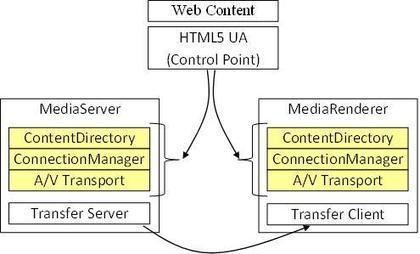The DLNA’s support for streaming of premium content within the home, announced at IBC and initially for Europe only, is a major milestone in the evolution of connected home services. The move might have come sooner, but DLNA was waiting for maturation of the key underlying technology, DTCP-IP (Digital Transmission Content Protection over IP) to ensure safe and yet transparent delivery of content over IP networks. DTCP itself evolved in the mid 1990s, developed by chip maker Intel in conjunction with four major CE (consumer electronics) companies, Hitachi, Panasonic, Sony and Toshiba.
Apart from satisfying content owners, there is another important reason for DLNA’s adoption of DTCP-IP for copy protection around the home, which is to enable consumers to exercise their digital rights to the full. To do this, DTCP-IP enables operators to enforce multi-level rights dependent on the content.
DTCP-IP allows consumers to copy and record content subject to permission from the operator or rights holder. The rights are specified in a licence issued by the Digital Transmission Licensing Administrator (DTLA), details of which can be obtained from its website. The idea is that the licence encodes rules into the content, so that, for example, free-to-air terrestrial broadcasts could be recorded and copied without any restriction. In the case of subscription channels, consumers may be allowed to record content for their own subsequent viewing, but not copy it for sending to friends. Then premium content such as movies or live sports purchased on demand or pay-per-view via a specific transaction would probably be fully protected against recording and copying.



 Your new post is loading...
Your new post is loading...










